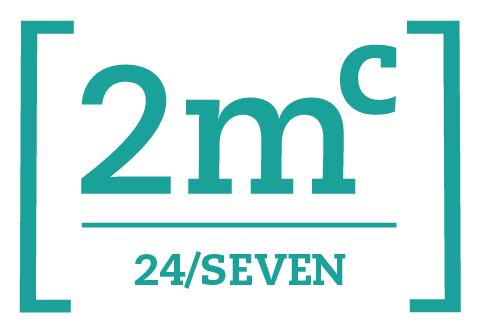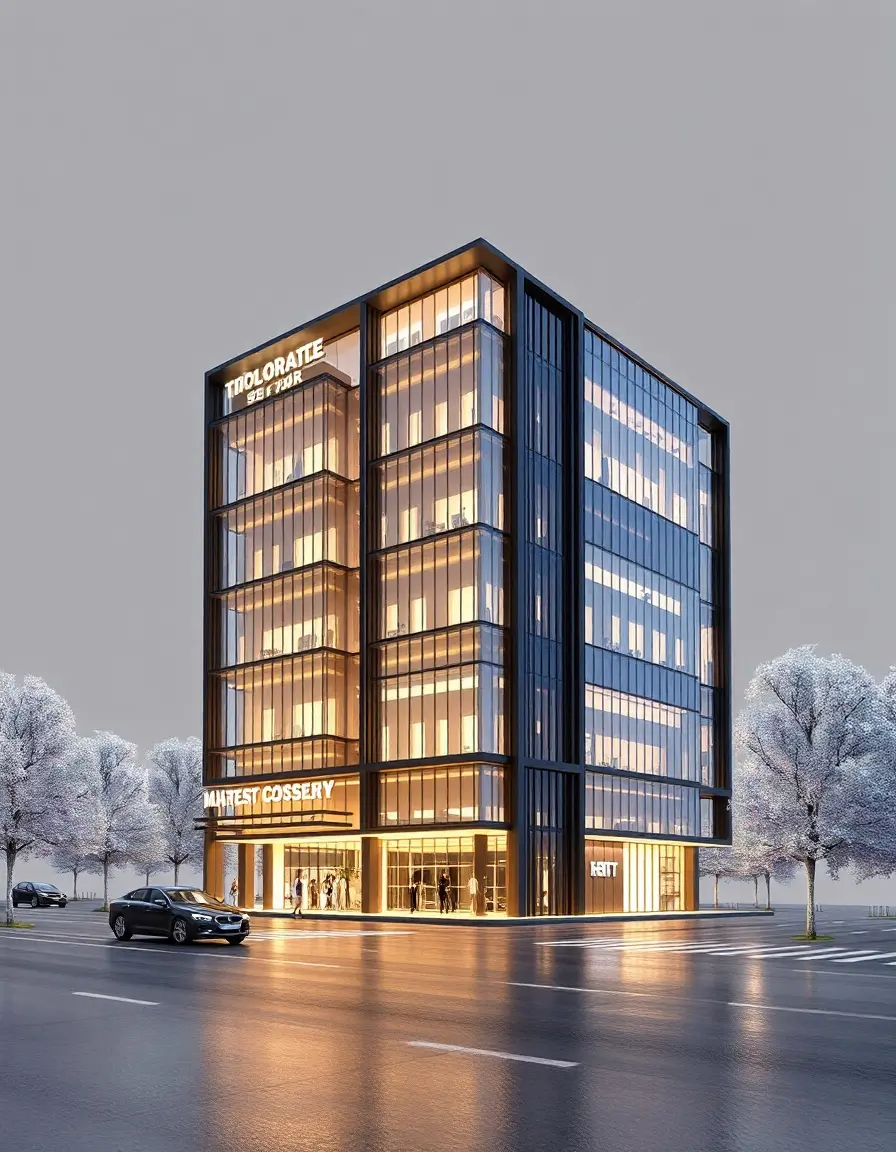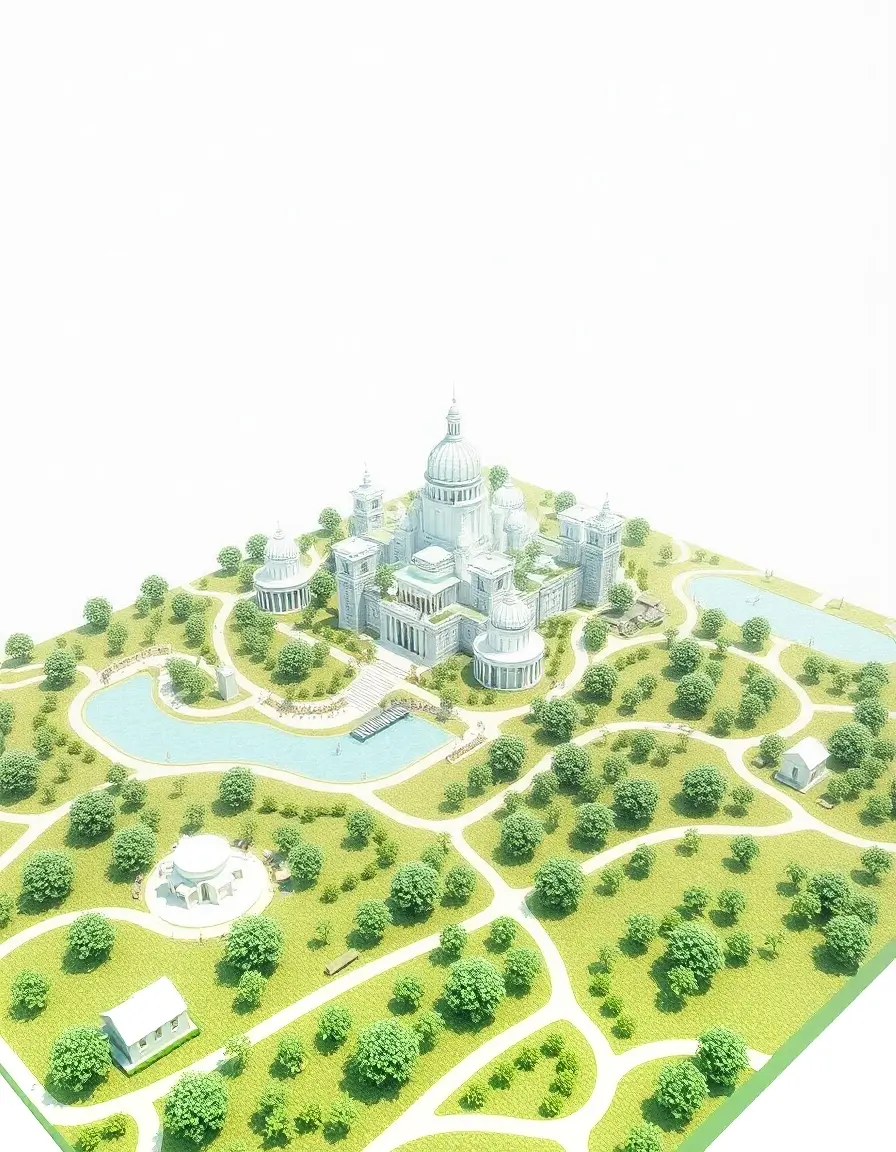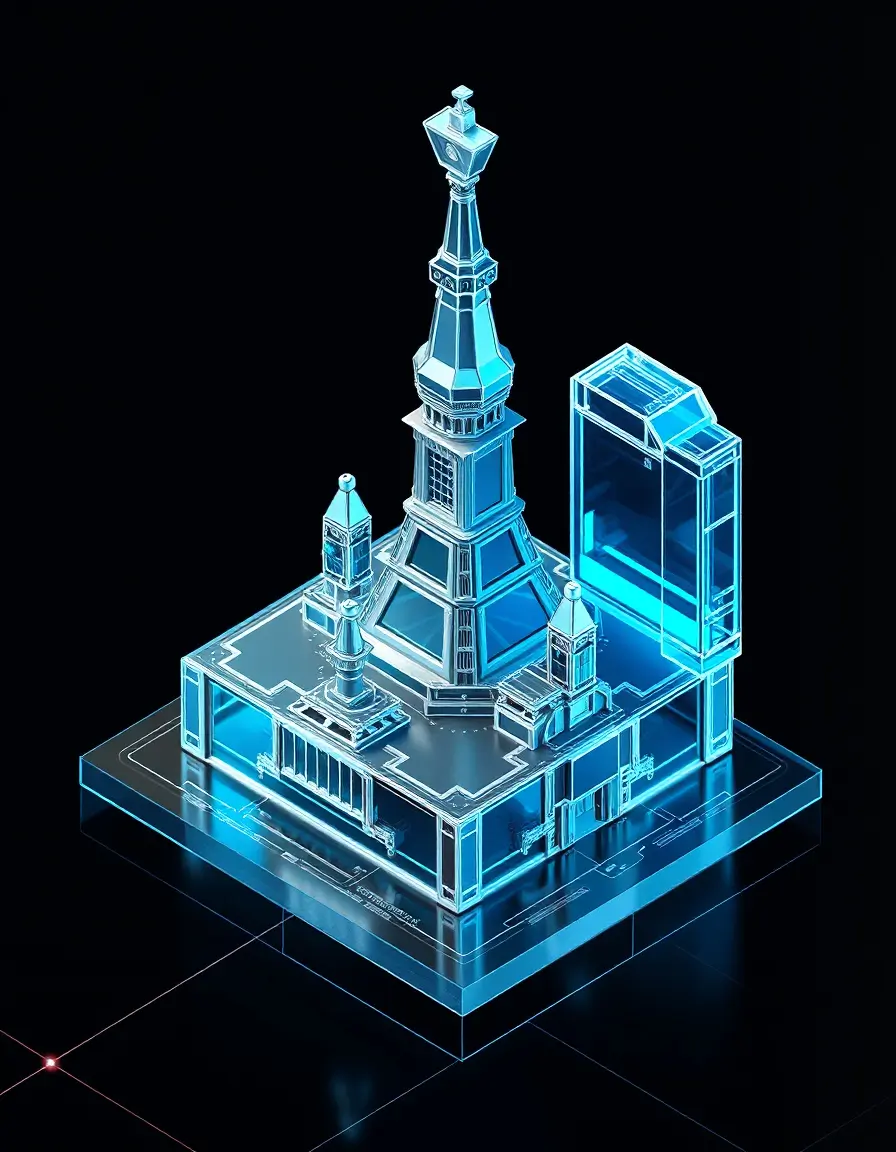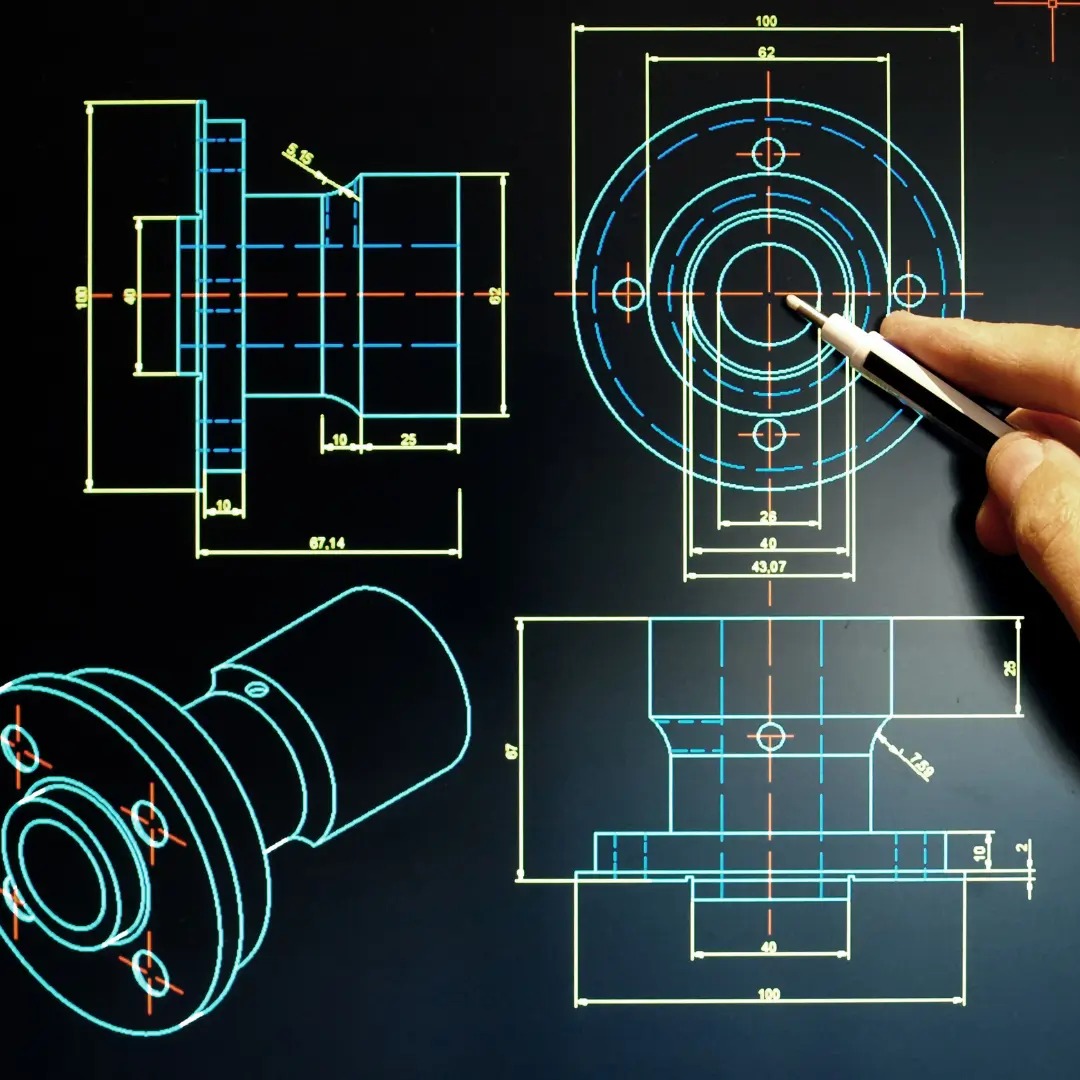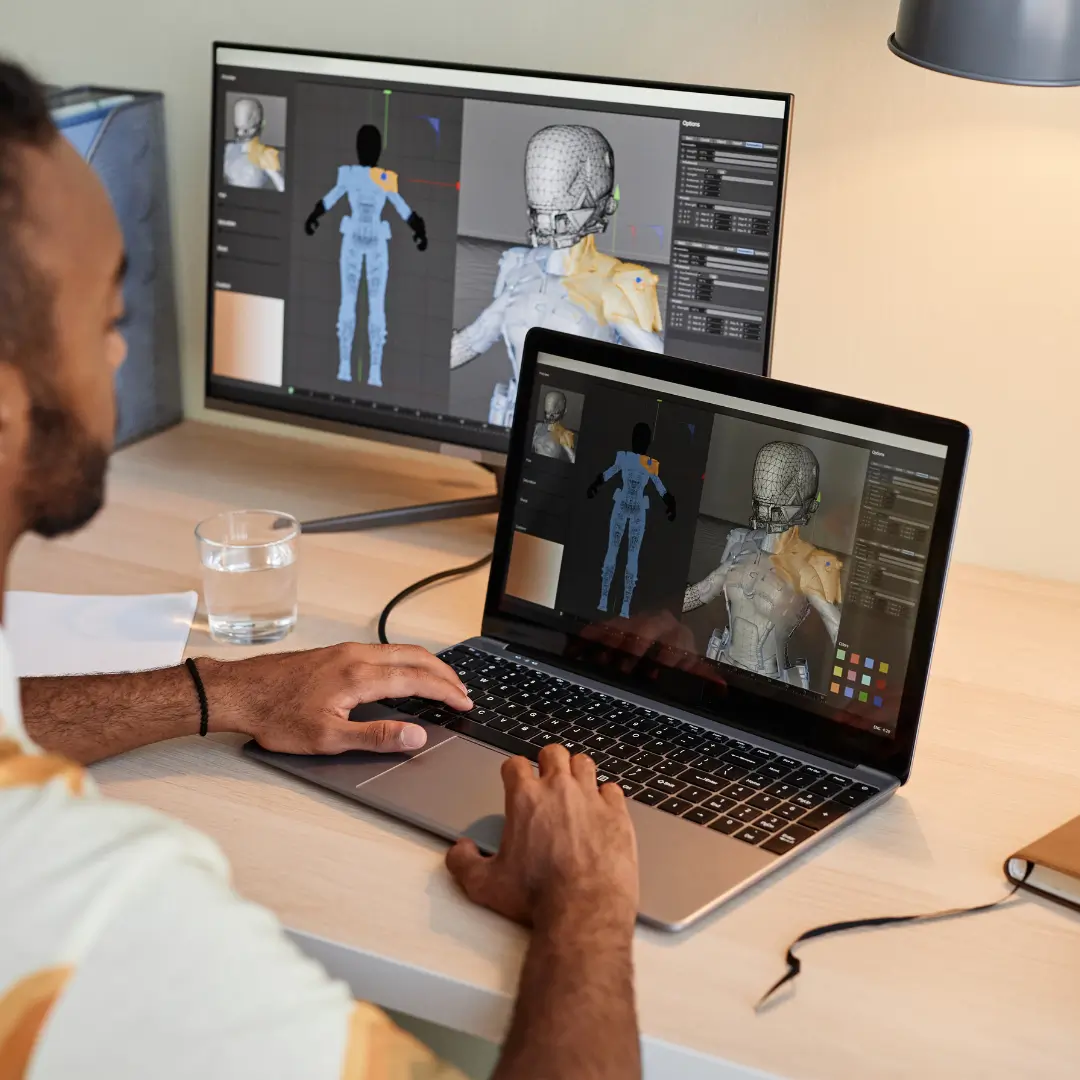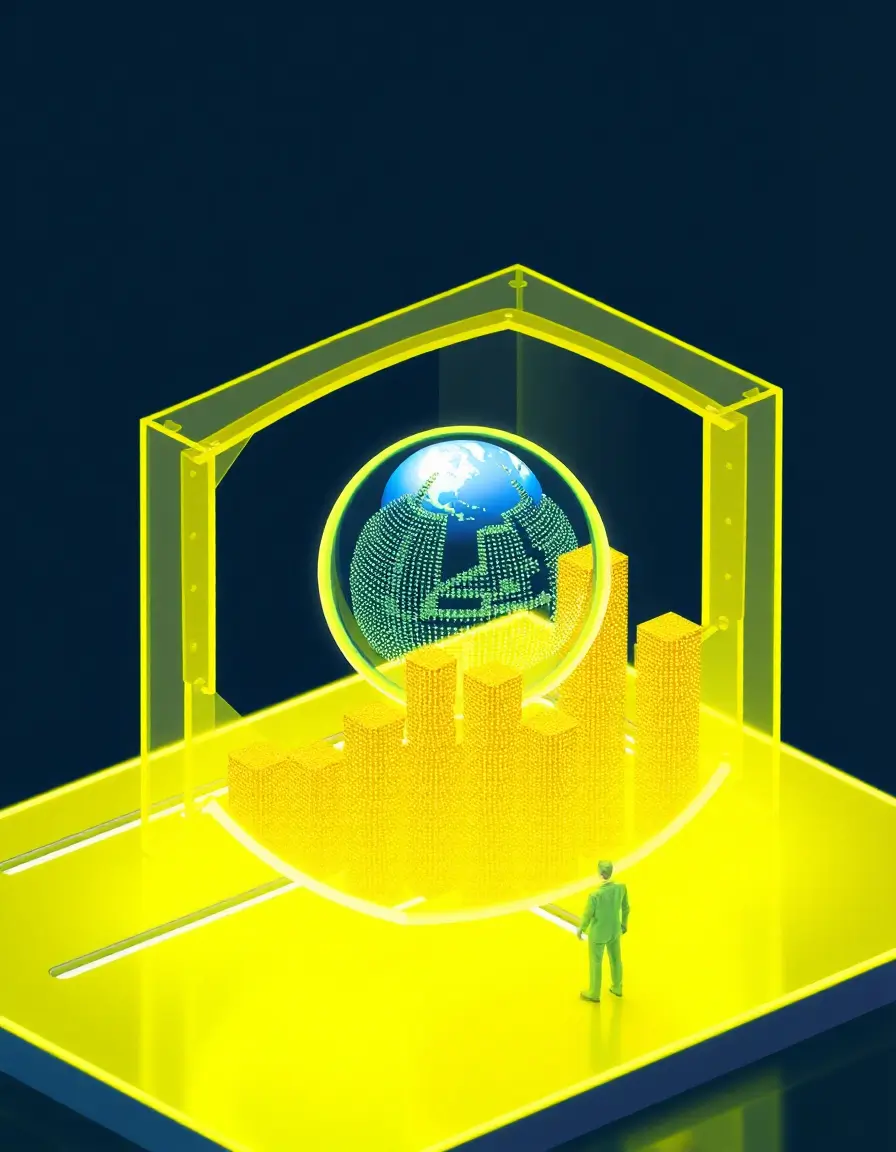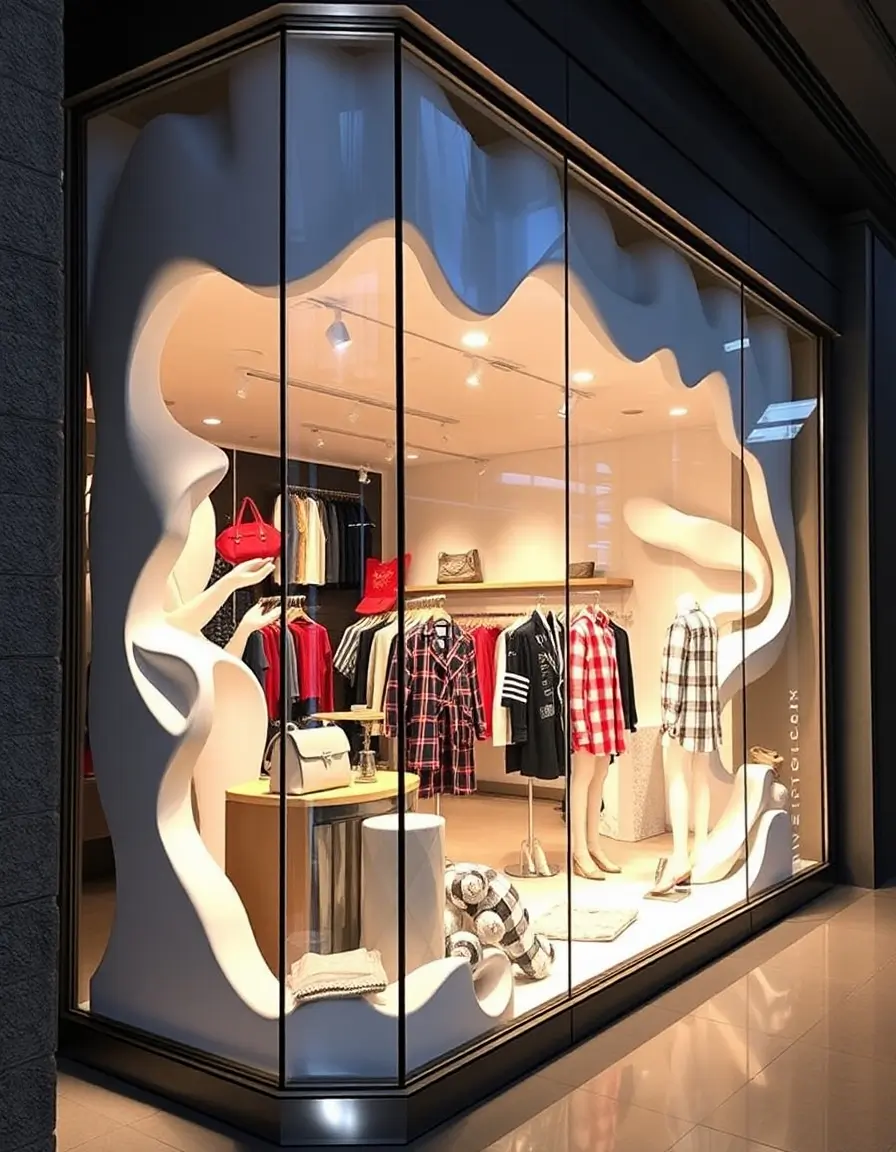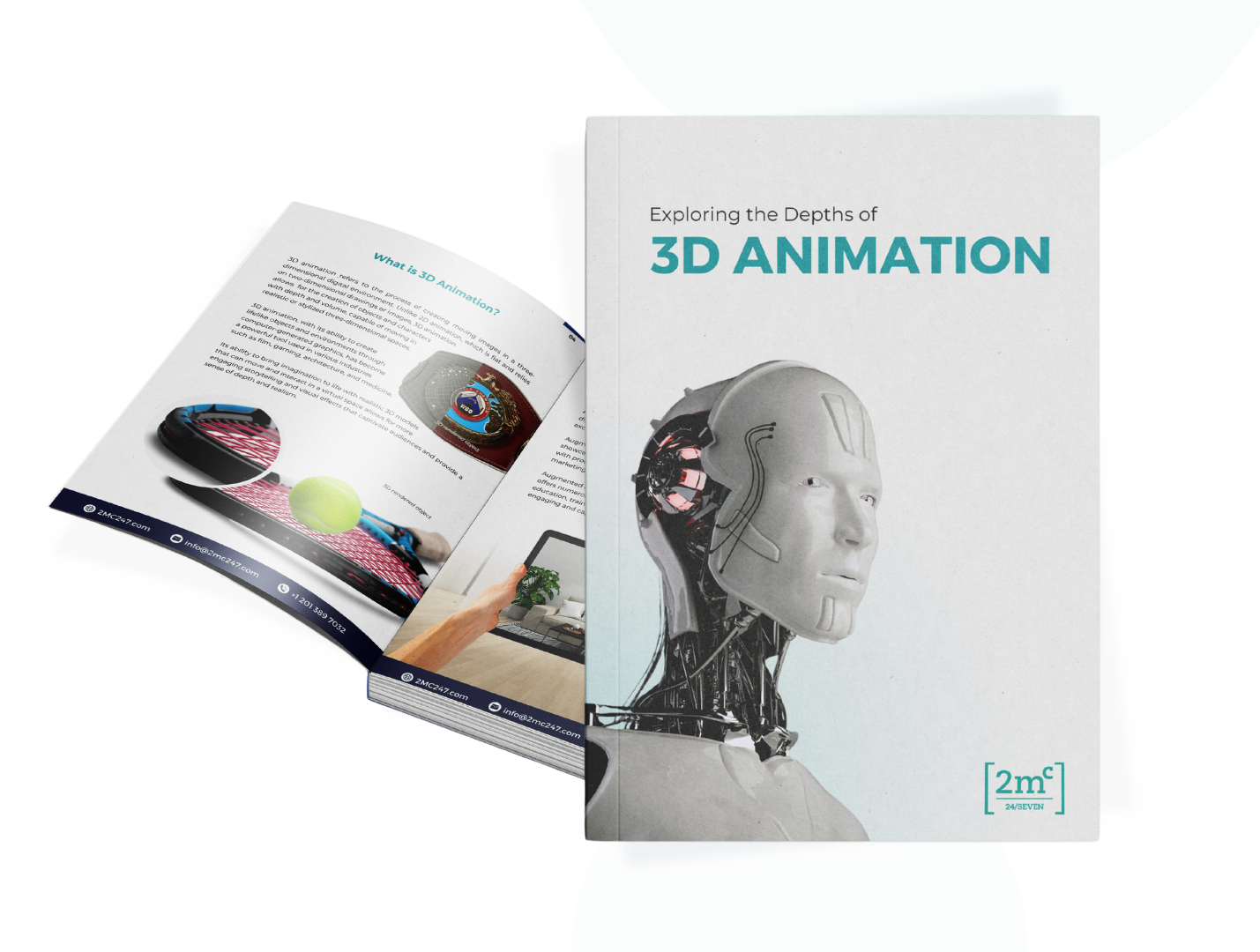In today’s fast-paced, always-on business world, standing out is more important than ever. For 24-hour businesses that operate around the clock, this challenge is amplified. Whether you’re in retail, hospitality, or any service-based industry, ensuring your brand resonates with customers, no matter the time of day, requires a high level of visual engagement. One of the most effective ways to achieve this is by leveraging 3D production services.

The Power of 3D Production in a 24-Hour Business
In a market saturated with competition, the difference between success and mediocrity often lies in how businesses communicate with their audience. Traditional methods of marketing and product presentation are no longer enough. 3D production offers a revolutionary way to create dynamic, realistic visuals that captivate and engage customers instantly.
For businesses that operate around the clock, 3D production is especially beneficial. It allows for the continuous creation of high-quality content without the limitations of time zones or physical restrictions. Whether you’re showcasing new products, designing immersive digital experiences, or creating stunning visual advertisements, 3D production ensures your brand’s message is seen in the best possible light.

How 3D Production Services Can Set You Apart
- Increased Engagement High-quality 3D visuals immediately capture attention and keep potential customers engaged longer. Unlike static images or traditional video, 3D content allows you to showcase your products or services from every angle, providing a more interactive experience. This deeper level of engagement builds stronger connections with customers, increasing brand loyalty.
- Enhanced Visual Appeal 3D production services give your business the ability to create stunning, photorealistic visuals that capture the essence of your product or service. With advanced technology, you can simulate real-world environments, lighting, and textures that highlight your brand’s uniqueness in ways flat images never could. This visual appeal is particularly essential for businesses in industries like e-commerce, real estate, and hospitality.
- 24/7 Accessibility One of the biggest advantages of 3D production for a 24-hour business is the ability to create content that can be accessed around the clock, just like your operations. High-quality 3D models, videos, and interactive web elements can be shared globally and viewed anytime, anywhere, ensuring your brand is always front and center, even when you’re not actively engaging with customers.
- Cost-Effective Scalability For businesses operating at all hours, staying competitive means adapting quickly. 3D production allows you to scale content quickly, creating multiple iterations of designs, visuals, or advertising campaigns without the high costs
